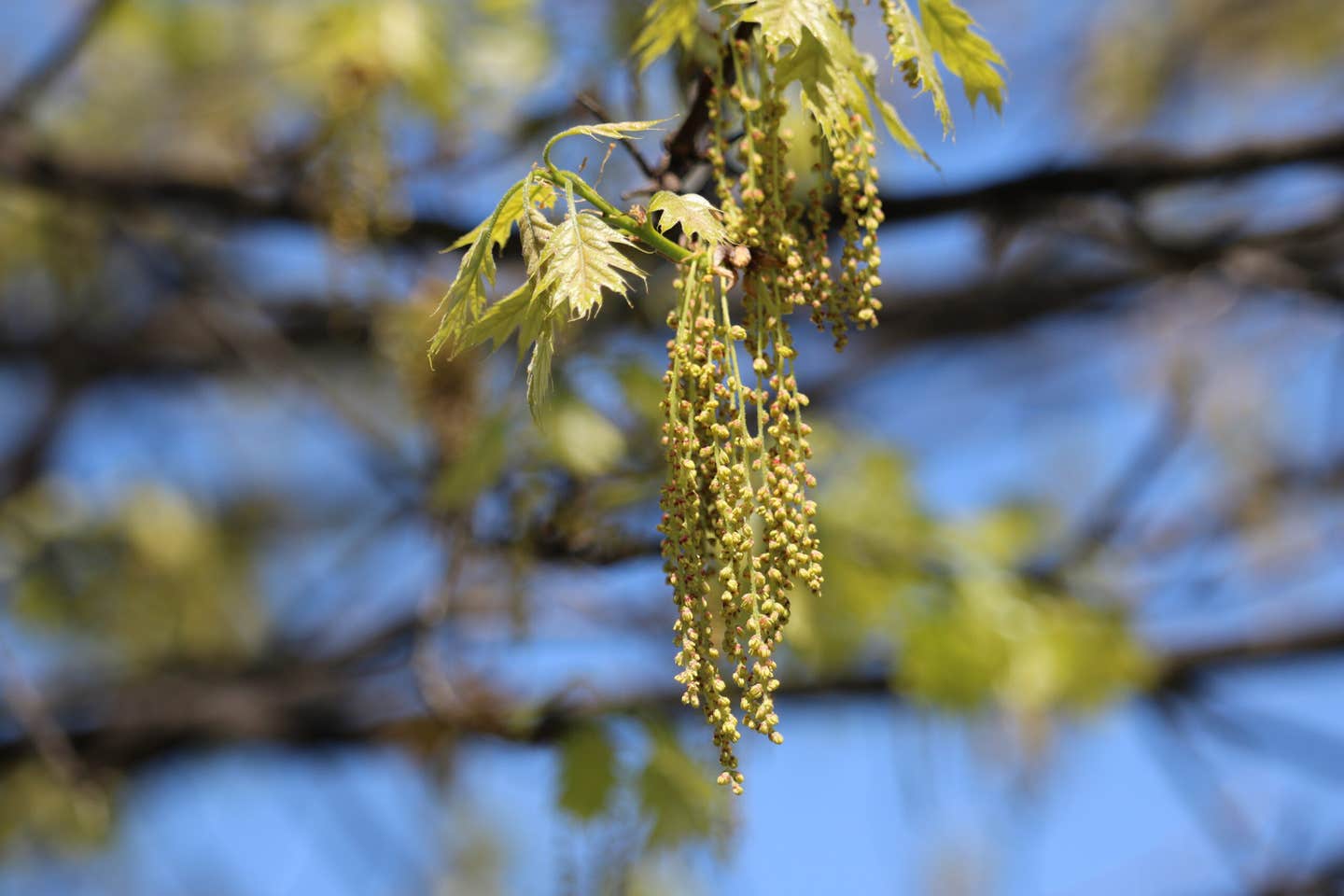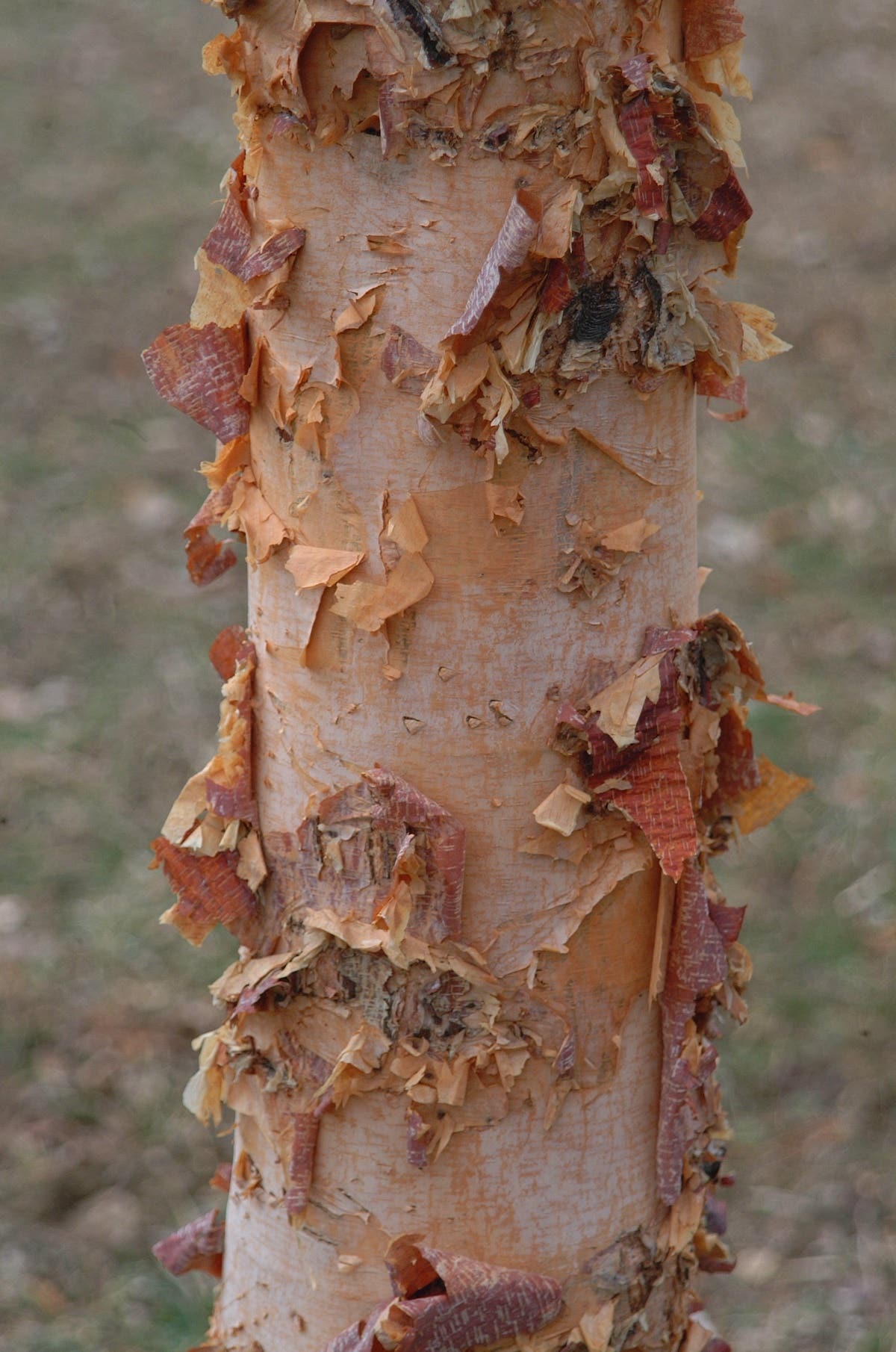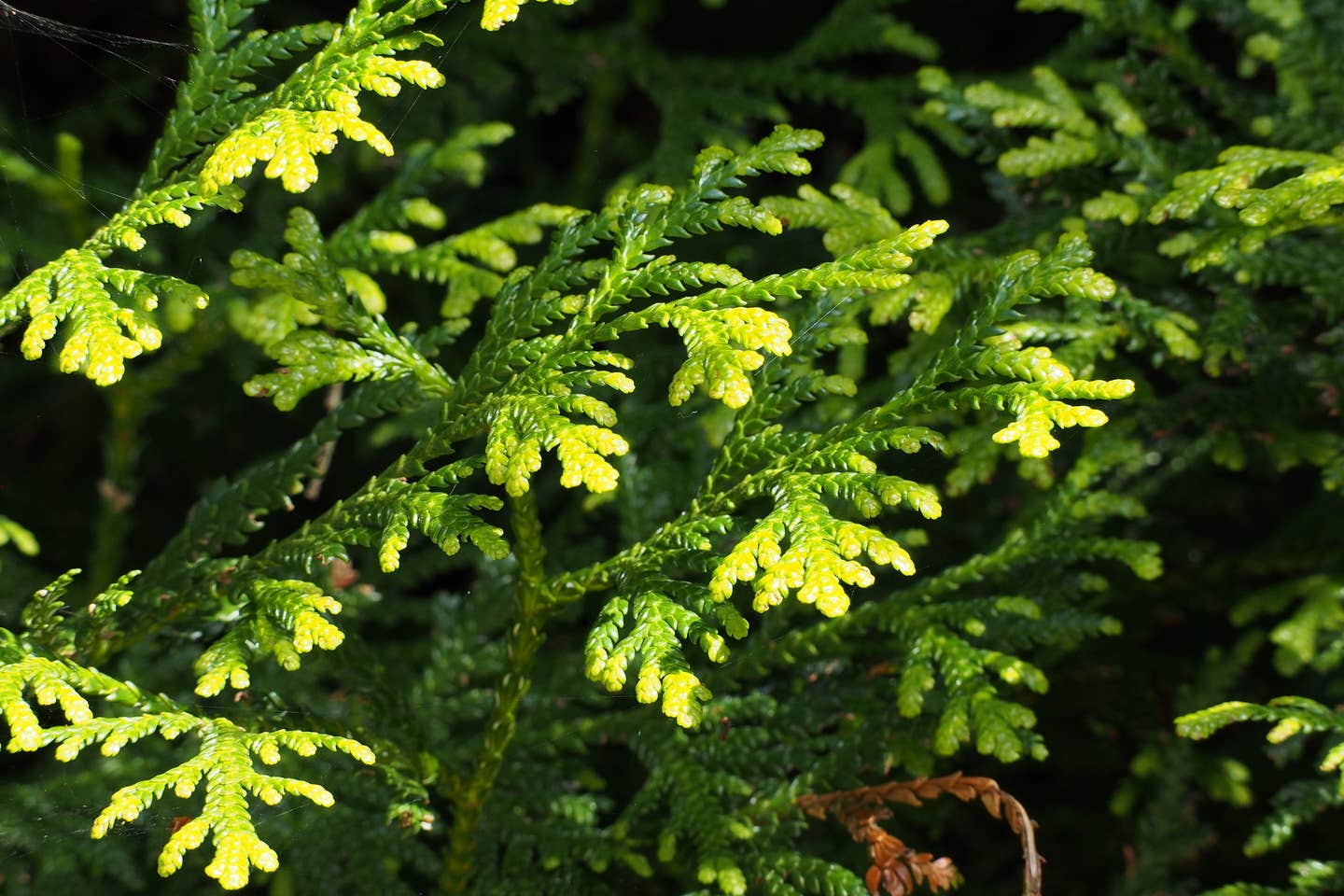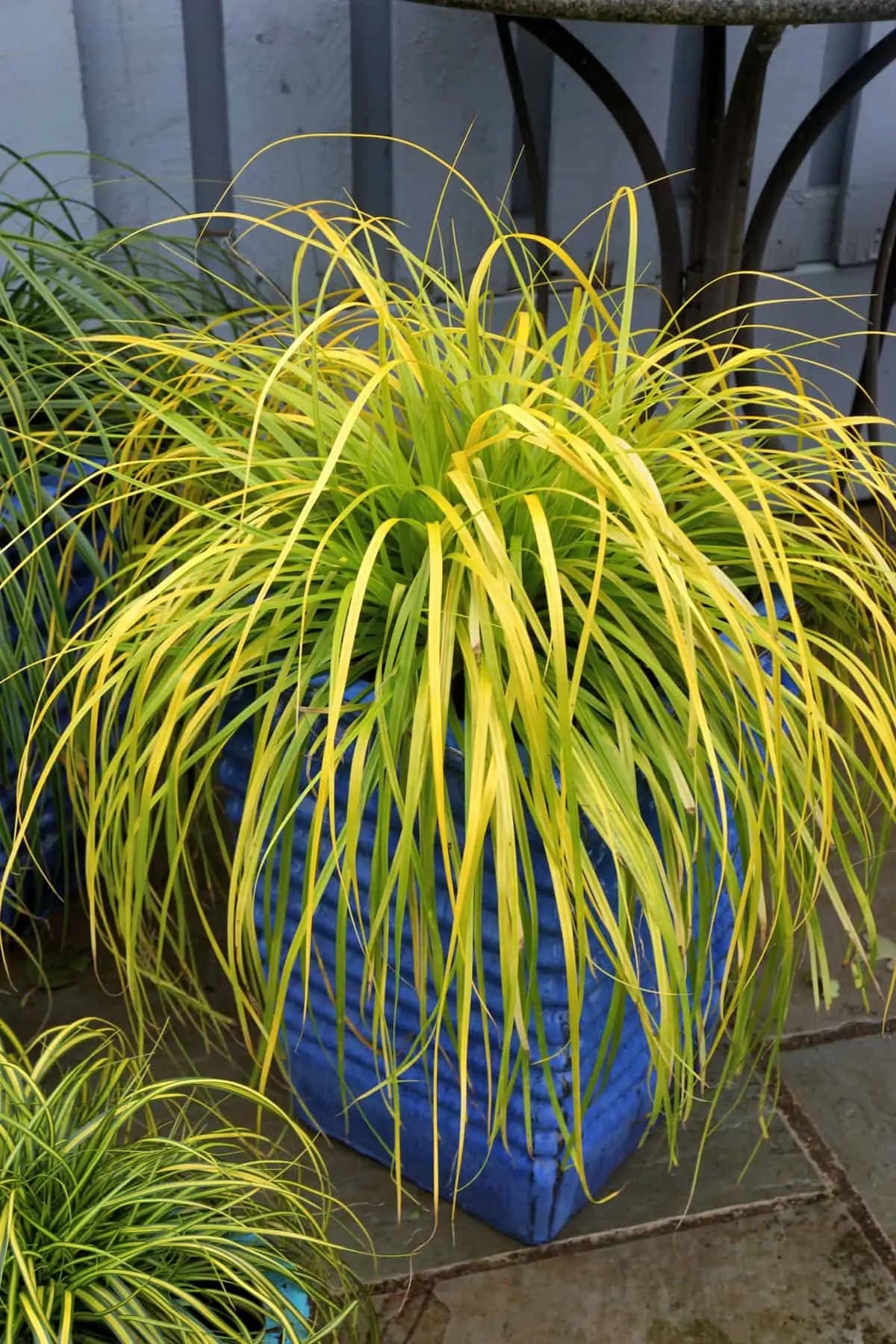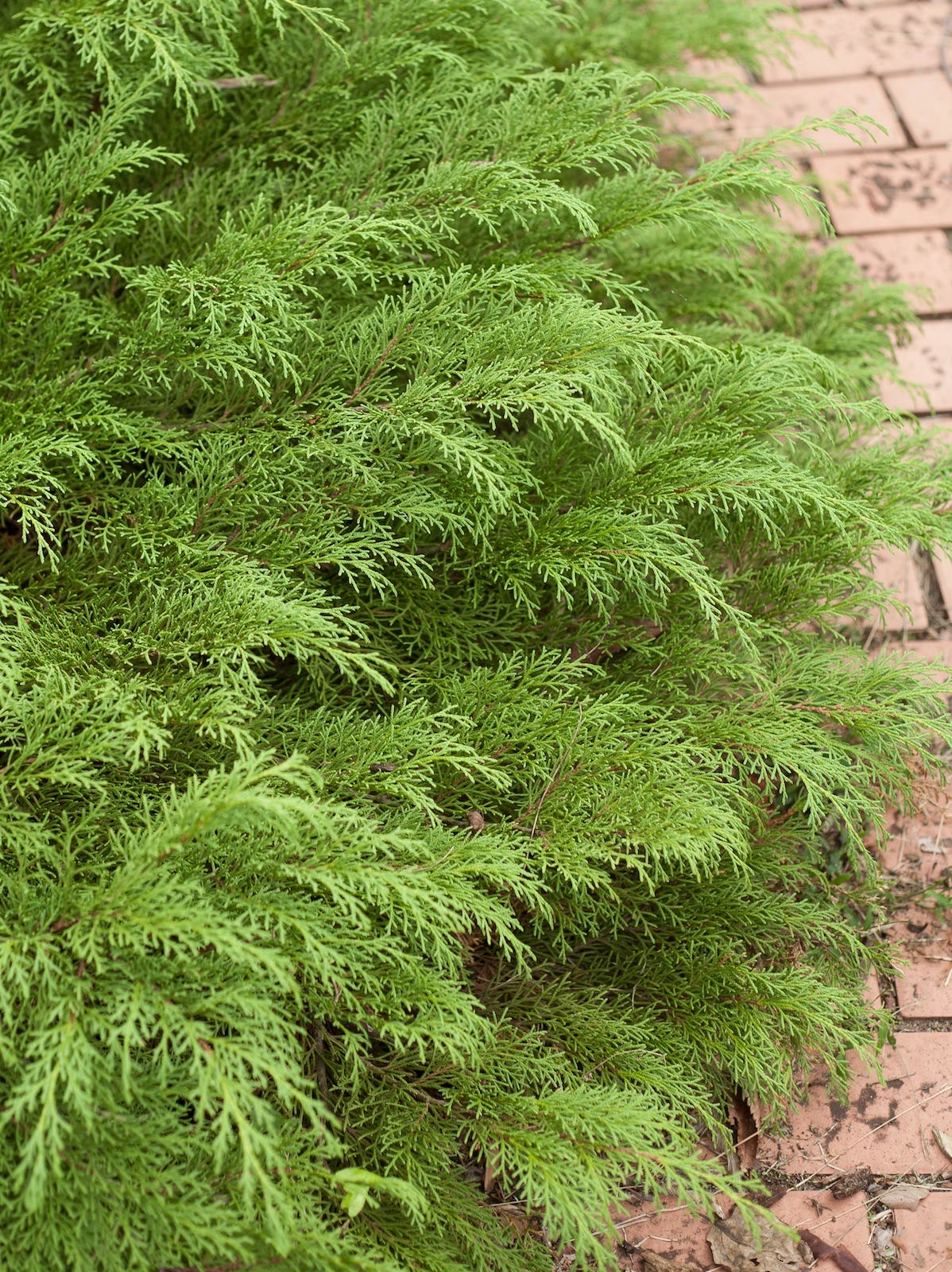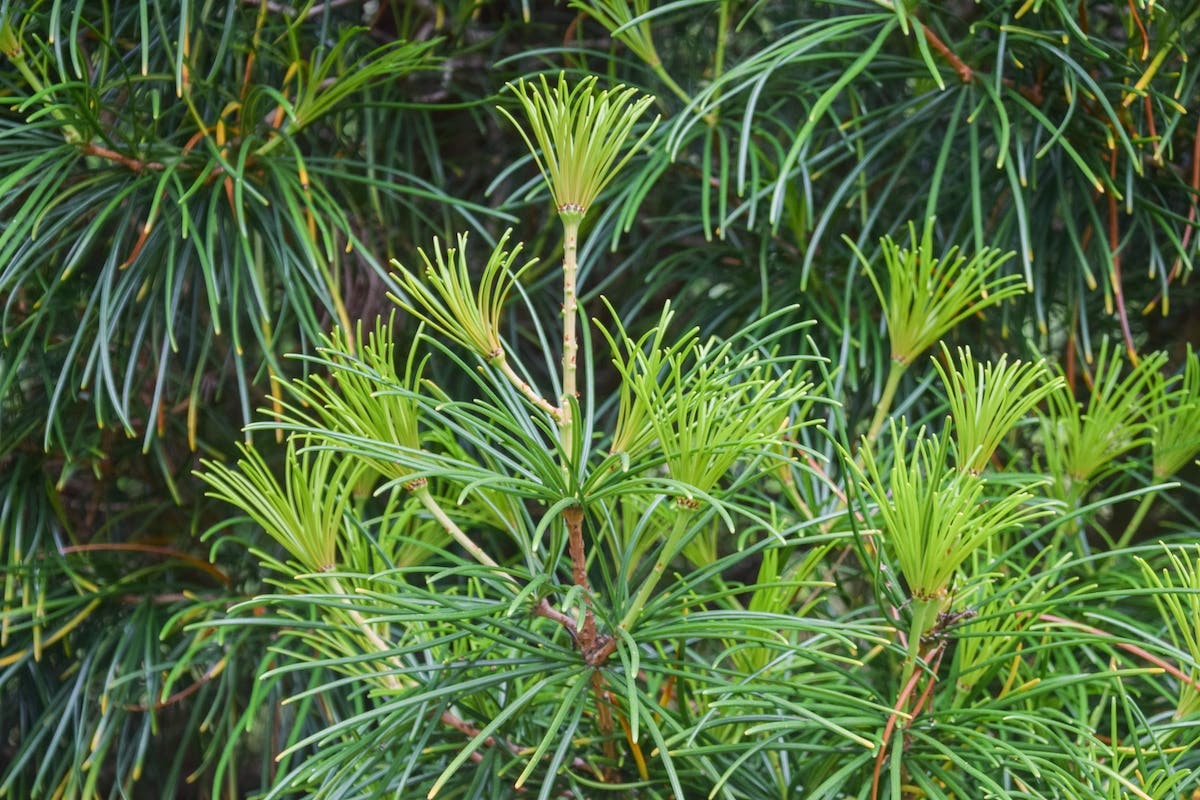Enchanted Indigo Is a Compact Veronica for the Sunny Garden
Virtues: Enchanted Indigo veronica has a shorter, more compact size than other veronicas, making it a good choice for the front of the flower garden. It has spiky flowers in…
Virtues: Enchanted Indigo veronica has a shorter, more compact size than other veronicas, making it a good choice for the front of the flower garden. It has spiky flowers in a deep, dark shade of purple-blue and it can thrive with no special care. This summer-blooming perennial attracts butterflies and bees.
Common name: Enchanted Indigo veronica, Enchanted Indigo spike speedwell
Botanical name:Veronica ‘Enchanted Indigo’
Exposure: Full sun to part shade
Season: Early to midsummer for flowers; it may bloom again in late summer or autumn
Flowers: Spikes of dark blue flowers appear in great numbers above the foliage in early summer to midsummer. Veronica Enchanted Indigo is a long-blooming and very floriferous variety. It may put on a flush of new growth and fresh flowering in the late summer or early fall. Shearing the plant back after the first round of flowering may promote this rebloom.
Foliage: Lance-shape, dark green leaves line the upright stems, forming a dense clump of foliage to ground the flowers.
Habit: Veronica Enchanted Indigo is an herbaceous perennial that grows to 18 inches tall. It has a tidy, dense shape with a maximum spread of 18 inches.
Origins: Veronica ‘Enchanted Indigo’ is a variety that’s part of the MAGIC SHOW collection of spike speedwells introduced by Walters Gardens and Proven Winners.
How to grow Veronica Enchanted Indigo: Plant in full sun or part shade. Full sun will promote the best flowering, but this perennial will indeed bloom with less than full sun. Provide average soil with good drainage. Spike speedwells grow best with consistent moisture; provide supplemental deep watering in times of drought. Enchanted Indigo has tidy foliage that for the most part stays clean and intact through the summer, but if it does become tattered the plant can be sheared down to spur fresh new growth.
USDA Zones 4–8.
Image courtesy of Walters Gardens.


